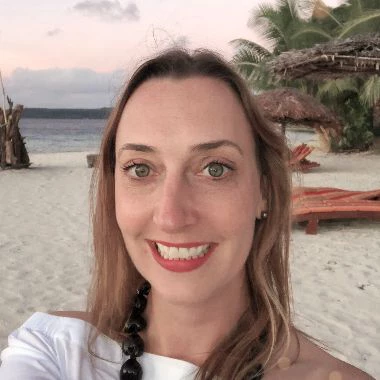 The average annual loss from hurricanes in Sint Maarten is estimated to be US$4.1 million as estimated by the 2019 Caribbean Catastrophe Risk Insurance Facility Segregated Portfolio Company (CCRIF SPC).
The average annual loss from hurricanes in Sint Maarten is estimated to be US$4.1 million as estimated by the 2019 Caribbean Catastrophe Risk Insurance Facility Segregated Portfolio Company (CCRIF SPC).
For decades, the beautiful Caribbean Island of Sint Maarten has been repeatedly hit by intense tropical storms and hurricanes. A single storm has the potential to directly impact the entire population and economy, as Hurricane Irma did in 2017. Irma, a Category 5 hurricane, affected 90 percent of the infrastructure and large parts of the country’s natural environment.
The World Bank estimated the damage and loss as US$1.38 billion or about 129 percent of the country’s gross domestic product. In 2023 alone, 20 storms occurred in the Atlantic, highlighting that Sint Maarten's vulnerability to natural disasters is not a matter of 'if' but 'when.'
In the face of mounting disaster risks and with the memory of Hurricane Irma still vivid, the Government of Sint Maarten has taken a decision to build a comprehensive approach to disaster risk finance to bolster the island's financial preparedness to natural disasters. The Steering Committee of the Sint Maarten Trust Fund and the Sint Maarten Ministry of Finance requested the World Bank to prepare a report that lays out options for establishing a Disaster Reserve Fund (DRF).
Having a known source of pre-arranged post-disaster finance saves time and, ultimately, lives. The DRF is a proactive measure that provides the Government with critical resources to cover substantial and recurrent losses. This purpose is in harmony with Sint Maarten’s Disaster Risk Financing Strategy and the National Resilience and Recovery Plan.
The average annual loss from hurricanes in Sint Maarten is estimated to be US$4.1 million alone, which demonstrates the substantial financial need and the reality that more than one financial instrument will be needed to enhance Sint Maarten’s financial response capacity.
The report offers a roadmap for the Government of Sint Maarten to navigate the complexities of disaster risk financing, ensuring that when the next disaster strikes, the country stands ready to recover and rebuild its beautiful island. The three key takeaways from the report are that:
1. The DRF should be instituted as a fully independent entity with a dedicated fund management entity to ensure transparency and maximize returns on the capital. In doing so, the DRF will be sustainable and effective in providing financial support in the event of a disaster.
2. The DRF must be aligned to the existing financial instruments in Sint Maarten. A variety of financial instruments are employed by the Government of Sint Maarten to manage disaster risk including budget allocations, the Calamity Fund, and the Soualiga Fund and insurance from Caribbean Catastrophe Risk Insurance Facility Segregated Portfolio Company (CCRIF SPC) for hurricane, earthquake and excess rainfall. The introduction of the DRF must be carefully coordinated to avoid duplication.
3. The development and implementation of an investment plan is key and can generate cost efficiencies. The DRF will leverage medium to long-term investments to provide a sustainable source of finance long into the future and way beyond the lifespan of the Trust Fund. If managed well, the returns on the DRF will be high enough to cover the cost of the insurance premium for CCRIF SPC, demonstrating the benefit of a structured finance approach. Combining the fund with insurance reduces the amount of cash reserves needed to finance response, enabling more long-term investments that generate more income for the fund.
Sint Maarten has taken a crucial step in deciding to establish a DRF to manage the financial impact of disasters. The DRF’s operational, policy, and legal frameworks will foster its sustainability in line with the government’s broader disaster risk management objectives.
By providing a financial safety net, the DRF aims to support the most vulnerable segments of society, facilitate the recovery of businesses, and ensure the swift restoration of essential services and infrastructure.


Join the Conversation